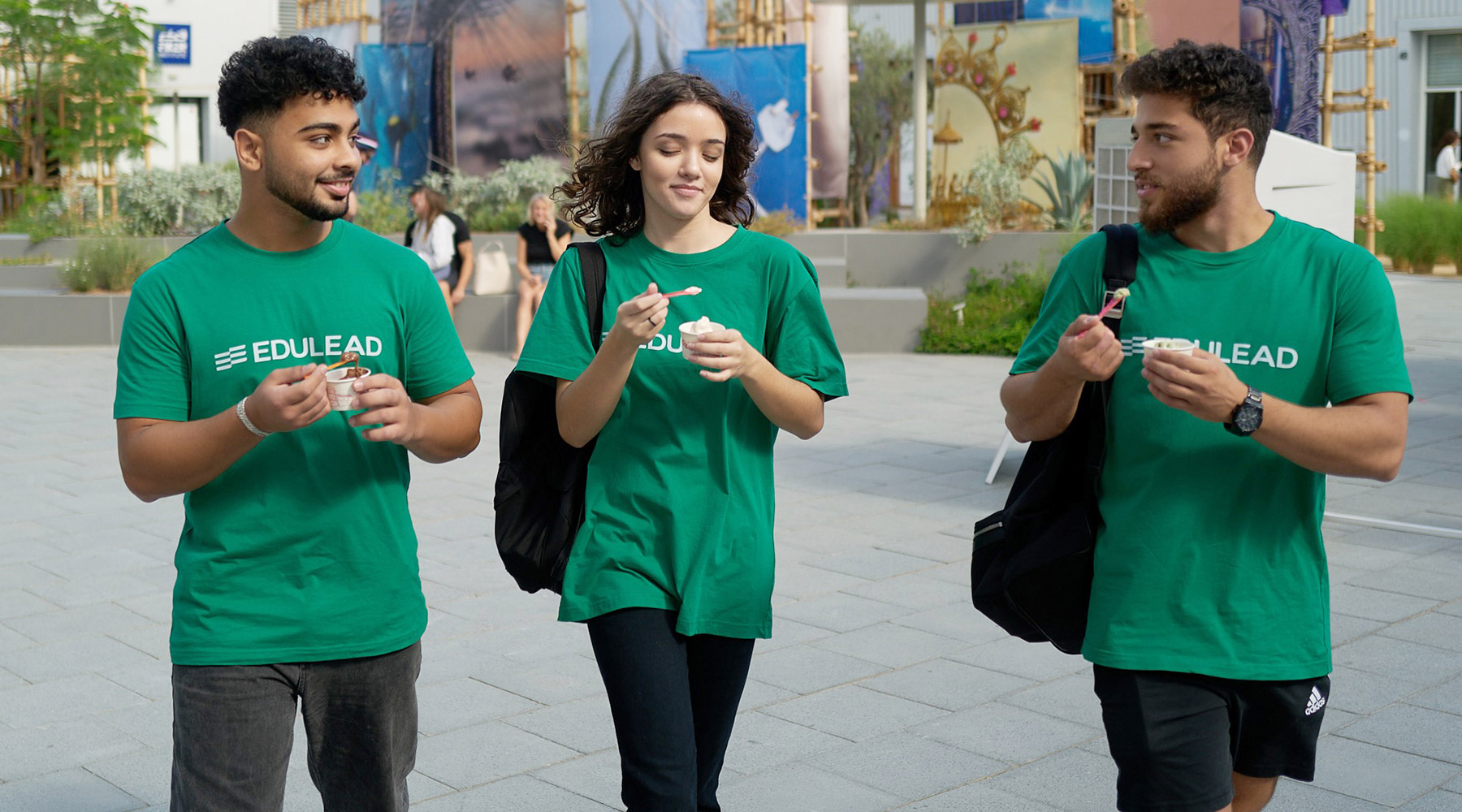When it comes to standing out—whether in job interviews or in your college application essays—how you narrate your experiences matters. One effective technique is the STAR method, a structured approach that helps you present your extracurriculars, internships, or volunteer work with clarity and impact.
Originally popularized for resumes and job interviews, the STAR method (Situation, Task, Action, Result) can be just as powerful for shaping the stories you share in supplemental essays or scholarship applications. Let’s break down how to use it:
Situation
Begin by setting the stage. Introduce the context and background of the extracurricular activity you want to highlight. Keep this portion concise: most supplemental essays hover around 200–300 words, so if your limit is 300 words, try not to exceed 100 words painting the picture. A brief, vivid snapshot ensures you have enough room later for meaningful reflection.

Example:
If you’re discussing an environmental initiative, you might start by describing the issue at hand—plastic waste on campus—and the feeling of urgency that inspired you to act.
Task
Clarify what exactly needed to be done. What challenge did you face, or what goal were you trying to achieve? Did you join your school’s environmental committee to lower emissions? Were you frustrated by a lack of diverse cultural perspectives in film and decided to start a club featuring underrepresented directors?
This step identifies your personal mission in this scenario, showing admissions officers or hiring managers that you’re solution-oriented.
Action
Now, detail the specific steps you took to address the challenge or accomplish the goal. Highlight your personal contributions, leadership qualities, and any innovative strategies you employed. Use action verbs and focus on your individual role—what you did, why you chose that approach, and how you influenced others.
Example:
“I led a team to research sustainable alternatives to plastic, organized a school-wide awareness campaign, and collaborated with the administration to implement a reusable container program in the cafeteria.”

Result
Finally, showcase the outcome. Quantify your achievements if possible, and don’t forget to highlight the broader impact and personal growth involved. Did the school’s plastic waste reduce by a measurable percentage? Did your film club spark new conversations and cultural appreciation at school? Did the experience inspire you to explore related fields or future projects?
Include reflections on how this experience shaped you. Admissions officers appreciate seeing how students develop both their skill sets and their perspectives.
Example:
“As a result, our school reduced plastic waste by 30%, and the initiative became a permanent program. Even more importantly, I realized my passion for sustainable solutions and have since explored environmental policy as a potential career path.”
Making Your Story Your Own
The STAR method provides a clear structure, but it’s not meant to be a rigid checklist. Use it as a guide, then add your personal reflections and voice. This transforms what could be a dry, factual report into a compelling narrative that resonates with your audience.
Ready to shine? Reach out to Edulead today, and we’ll help you craft a stellar portfolio that highlights your unique strengths, experiences, and voice. No shortcuts, no templates—just personal, expert guidance to help you stand out in interviews, essays, and beyond. Let’s make you a star!
By Laura Sapa
Join a community of students
Copyright © 2024-2025 Edulead Solutions FZE